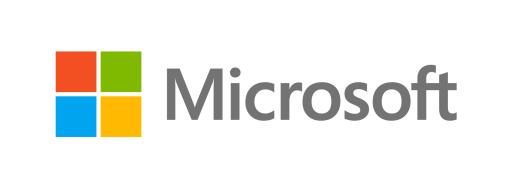

A free kit full of assets we're using to produce a new webcomic.
You may find it useful.
Includes 1 color palette, and 1 auto action set.
What the heck is this?
Clip's native CMYK color math is flawed. This makes it extremely hard to emulate vintage comic production without relying on one's own estimations.
This catalogue offers an extremely complicated workaround.
Included Materials
1. Classic Comics Production Color PaletteThis palette is based on the kinds of pigments available to U.S. comic artists between the 1930s and the 1950s and it follows the same naming convention and grid organization as vintage color sheets from the time.These are NOT sampled. They are mathematically derived from the mixing quantities detailed in the standards and practices of multiple publishing companies active during the era.Additionally, there are...10 extra swatches from later eras covering yellows and greens not in the original, which we use for special surreal effects and the titular character's unique powers.9 extra neutral warm and skin and flesh tones from later eras to allow for more character diversity.6 production centric swatches -Sampled Pencil Lead: 4H, 2B, and 6BSampled Ballpoint Pen: Black, Blue, and Red2. Classic Comics Live Palette HelperHelpful layer material you can use to show how colors will look on the canvas while color profile preview is on. Can be used as a live palette, with the eyedropper, to avoid Clip's poor app color management from causing confusion.3. ESi Production Action SetUncurated Action Set we're actively building. The relevant actions here involve color separations.
Step-by-Step Guide
1. Setup and Art Production
This process requires the use of RGB based additive color math while relying on color theory developed using a traditional YRB subtractive system. So you NEED to use the included color palette to get the desired result.You need enough resolution to render the dots well. My work is aimed for mobile devices so I use 2.6in x 5in at 450 DPI for final art.Giving your canvas real-world units allows you to use Clip's mm unit display for brushes. This is very helpful as most old comics had lines between 0.3mm and 1.5 mm.Keep black ink on a separate layer from all other colors.There's really not a lot of other rules. You just need to have one color layer, or one color folder to use with the action. I tend to use a folder.2. Color SeparationsSelect your color layer or folder and use the color separations action you want. 65lpi emulates very early comics and newspaper standards. 80lpi is more helpful if you're working on a smaller canvas.The process should be automated.You may have to play around with layer visibility and opacity, there's an automatic nose layer I almost always turn off.3. Export Print-EffectMake sure the background of the art you're exporting is either pure white or transparent.You can either export all flattened art or you can export only the color art and keep the black inks separate for later alterations.Export as a TIFF, JPG, or PSD. Include the color profile. Do not resize unless absolutely necessary.4. ConversionUsing a third party software, convert this exported file from a CMYK profile to an RGB profile. Affinity Photo does this automatically when opened and then immediately exported to a png using default settings.
If you do have Affinity Photo, you can also utilize their 'Diffuse' and 'Box Blur' filters to add some ' bleeding' effect to the art. If not, there are some Clip filters that can be used.5. Final CompositionIf you exported all flattened art in step 3, or you want to keep the original working file intact, start a new canvas the exact same size and resolution of the original, making sure you use the default RGB color profile. Otherwise, go back to the original file and set its color profile to default RGB.Import the converted art. Set this layer to multiply.You can add a paper texture under it to give it extra realism.I like to add a mask and 'wear away' at the art with very light airbrushing, tone brushing, and blenders. You can also add scratches into the mask with a slightly textured, very small pencil tool.Experiment! Add layers on top with splotches of low opacity sepia and add a watercolor edge in the layer properties.
Examples!



Category 1












































